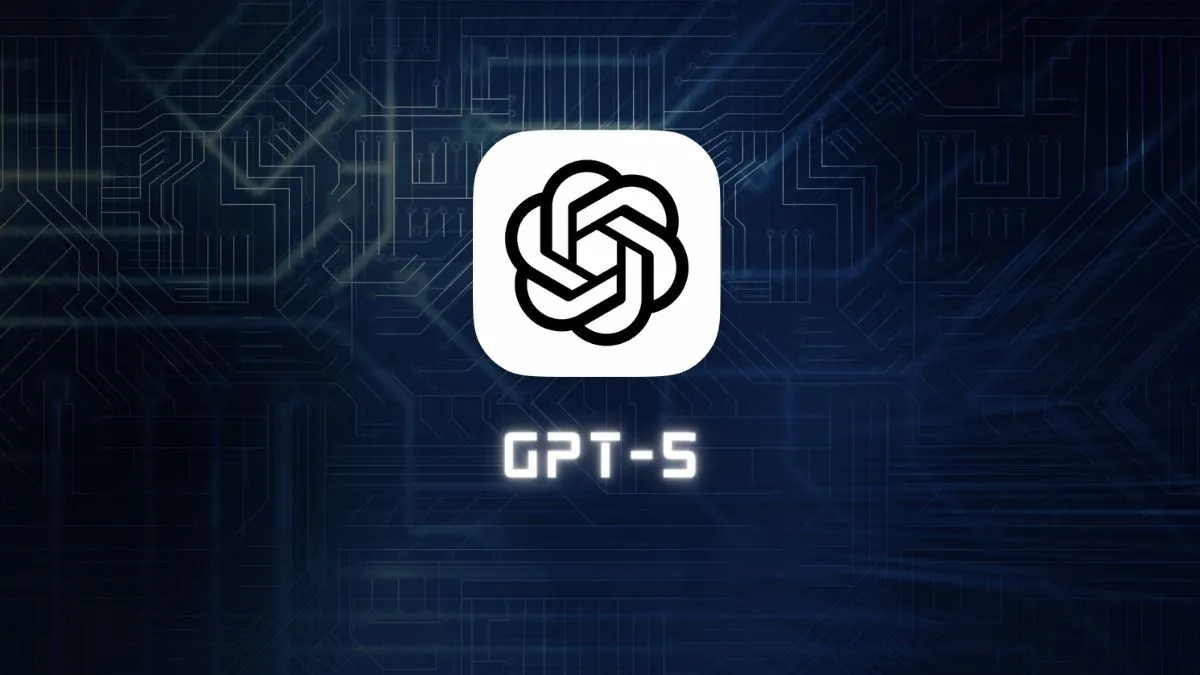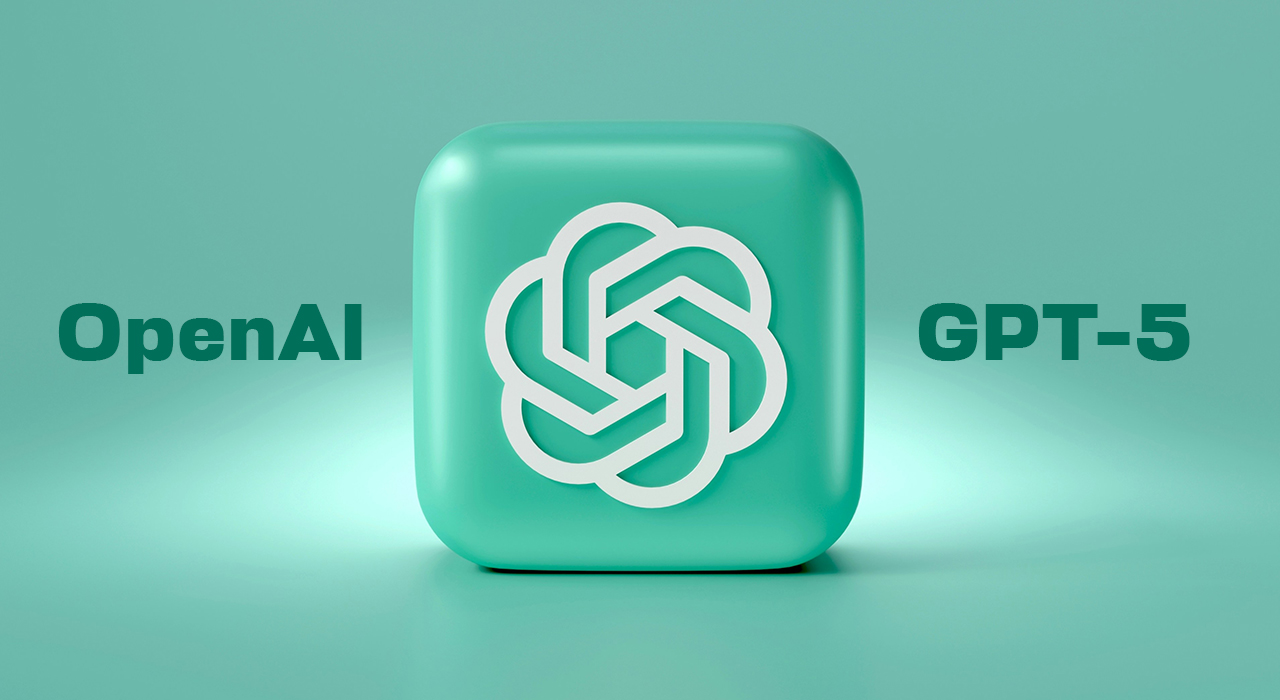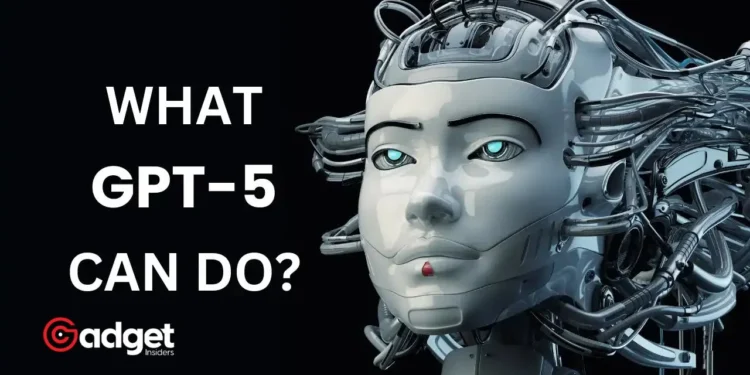In the rapidly evolving landscape of artificial intelligence, the anticipation surrounding the next iteration of OpenAI’s language models, dubbed GPT-5, is palpable. With OpenAI’s CEO, Sam Altman, hinting at a monumental leap forward on Lex Fridman’s podcast, the AI community and users alike are on the edge of their seats.
But what exactly are we hoping to see from GPT-5? Let’s dive into the most eagerly awaited enhancements that could redefine our interaction with AI.
GPT-5: The Quest for a Larger Context Window
One of the most significant limitations of current language models is their context window – essentially, how much information they can consider at once. While GPT-4 made strides with a 32K token window, and its Turbo variant expanded this to 128K, the dream is to achieve something akin to Google’s Gemini’s 10 million tokens.
While the amount of memory required for that is absurd, a larger context window would still be amazing.
Overcoming the memory and computational hurdles to make this feasible would mark a significant milestone in making AI more insightful and versatile.
A Vision for the Future: Video Input Capability
In an era where video content dominates the digital landscape, the ability of AI to process and interpret video inputs is a highly coveted feature. GPT-4’s tentative steps towards understanding visual data have opened the door to this possibility.
The problem is that it’s too slow to properly interpret multiple images quickly enough, meaning that video input is currently out of the question.
However, the real game-changer would be enabling GPT-5 to handle video inputs efficiently, thereby ushering in a new era of multi-modal AI that can learn from and interact with a vast array of media types.
Speed and Efficiency: Enhancing Response Times
The current generation, GPT-4, has faced criticism for its response speed, lagging behind competitors such as Google’s Gemini and Anthropic.
OpenAI needs to improve response generation times, and hopefully, GPT-5 can be a more efficient model that can do that.
A faster, more responsive model would significantly enhance user experience, making AI interactions feel more natural and immediate.

Elevating Intelligence: Advancing Logical Reasoning
While AI has made incredible progress in mimicking human-like responses, true logical reasoning remains a frontier yet to be conquered.
Logical reasoning is something that needs to be massively improved upon in order for OpenAI to gain another major advantage.
Improving its capability to reason, deduce, and solve problems would cement its place not just as a tool for generating text, but as a genuine assistant in tasks that require deep thinking and analysis.
5 things we want to see from GPT-5 this year https://t.co/RjI03IIXoo
— XDA (@xdadevelopers) March 25, 2024
Integration and Collaboration: Opening New Doors
The ecosystem in which AI operates is as crucial as the technology itself. For GPT-5, the hope is for broader integration with tools and platforms that people use daily.
With GPT-5, it’d be nice to see that change with more integrations for other services.
Such synergies could transform how we work, learn, and communicate, making AI an inseparable part of productivity and creativity tools.

GPT-5 stands on the cusp of not just incremental improvements but potentially revolutionizing how we perceive and interact with AI. From expanding its understanding of the world through a larger context window and video inputs to becoming faster and more logically sound, the expectations are sky-high.
Moreover, its integration into our digital lives could herald a new era of AI ubiquity. As we await its arrival with bated breath, one thing is clear: GPT-5 isn’t just about maintaining OpenAI’s competitive edge—it’s about pushing the boundaries of what’s possible with artificial intelligence.










